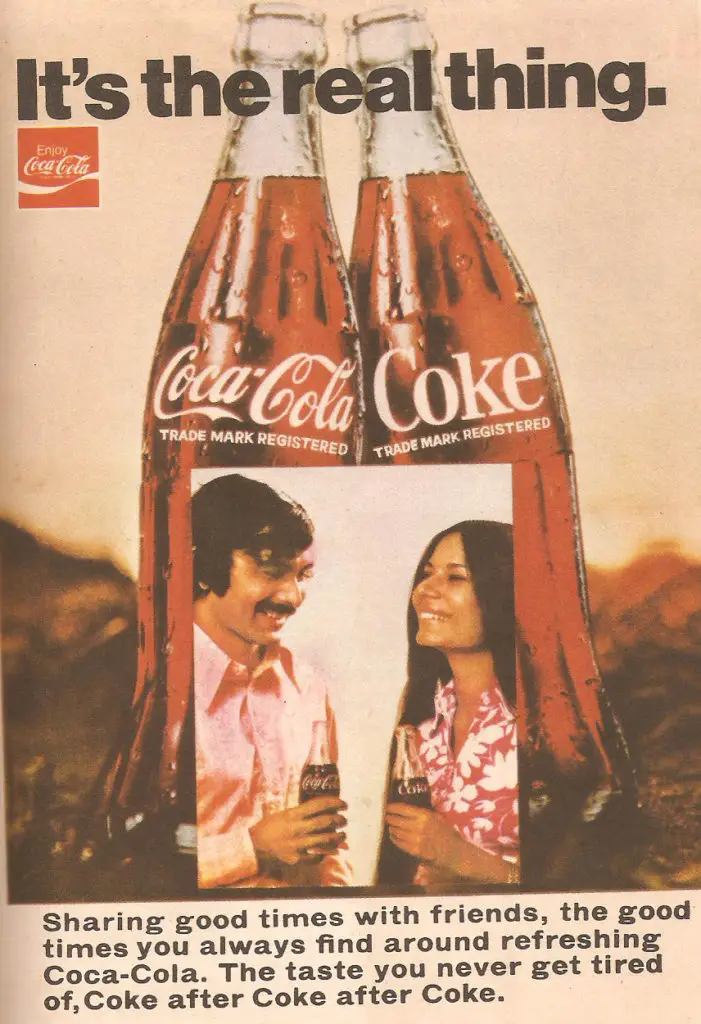The Pepsi Paradox – Case Study

The Pepsi Paradox Case Study -1
Introduction
The Pepsi Paradox case study is a compelling phenomenon that delves into the intriguing intersection of consumer psychology, brand loyalty, and sensory perception. This case study explores the paradox’s origins, the experimental evidence that brought it to light, and its implications for marketing strategies and consumer behavior.
Origins of the Pepsi Paradox
The Pepsi Paradox originates from a series of blind taste tests conducted by PepsiCo in the 1970s and 1980s. The most famous of these was the Pepsi Challenge, where consumers were asked to sample two unmarked cups of cola, one containing Pepsi and the other Coca-Cola. Despite Coca-Cola’s dominant market share and strong brand loyalty, a surprising number of participants preferred the taste of Pepsi in these blind tests.
The Pepsi Challenge Experiment
In the Pepsi Challenge, participants were unaware of the brands they were tasting, which eliminated brand bias and focused solely on taste preference. The results consistently showed that a significant proportion of consumers favored Pepsi over Coca-Cola when they didn’t know which brand they were drinking. This was paradoxical because, in the marketplace, Coca-Cola continued to outperform Pepsi in terms of sales and brand loyalty.

Neuroscientific Insights
The paradox attracted the attention of neuroscientists, who sought to understand the underlying reasons for this discrepancy. A pivotal study conducted by researchers at Baylor College of Medicine used functional magnetic resonance imaging (fMRI) to examine brain activity during cola consumption. The study revealed that when participants were aware they were drinking Coca-Cola, there was increased activity in the brain regions associated with cultural knowledge, memory, and emotional processing. Conversely, when the brand was unknown, the preference for Pepsi correlated with greater activation in the brain’s reward centers.
Brand Loyalty and Emotional Connection
The neuroscientific findings highlighted the profound impact of brand loyalty and emotional connection on consumer preferences. Coca-Cola’s extensive marketing efforts, its association with nostalgia and tradition, and its iconic status as an American cultural symbol all contributed to a strong emotional bond with consumers. This emotional connection often overrode the actual sensory experience of taste.
Marketing Implications
The Pepsi Paradox has significant implications for marketing strategies. It underscores the importance of brand perception and emotional engagement in shaping consumer behavior. Companies can leverage these insights to create more effective marketing campaigns that build strong emotional connections with their target audience. The paradox also highlights the need for continuous innovation and differentiation to maintain consumer interest and loyalty.

Conclusion
The Pepsi Paradox remains a fascinating case study in consumer behavior, demonstrating that brand loyalty and emotional connections can significantly influence preferences, even when objective measures suggest otherwise. By understanding the dynamics of the Pepsi Paradox, marketers can better navigate the complex landscape of consumer psychology and develop strategies that resonate deeply with their audience.
In essence, the Pepsi Paradox serves as a reminder that in the world of consumer goods, perception often trumps reality, and the power of a strong brand can sometimes outweigh the sensory attributes of the product itself.